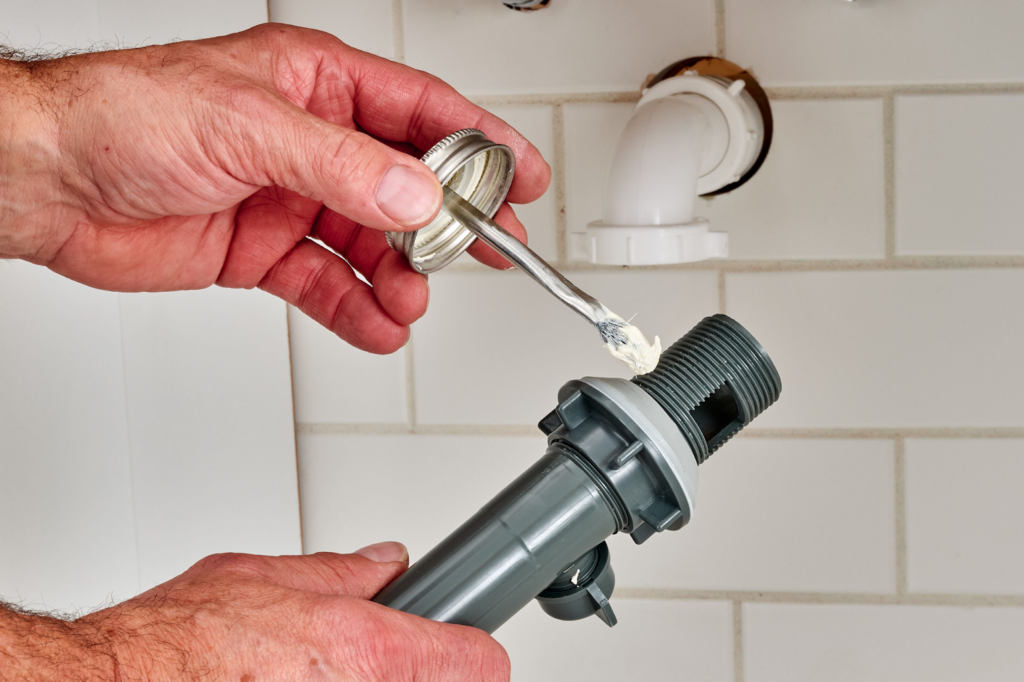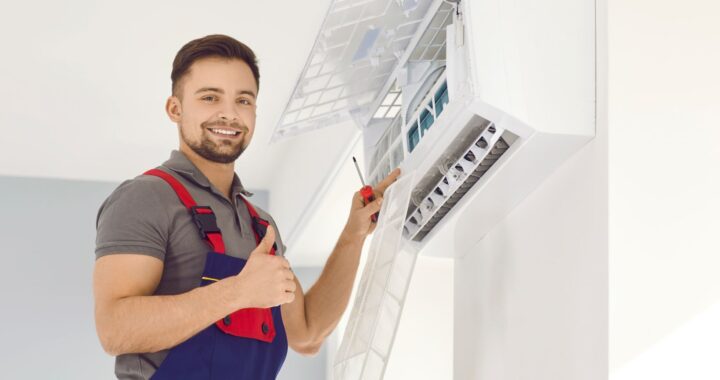Bathdub drain installation

There are a few different ways that you can install a bathdub drain. One way is to use a P-trap, and the other way is to use an S-trap. In this blog post, we will show you how to install a bathdub drain using an S-trap. We will also show you how to connect the overflow hose to the bathtub faucet. So, you’re getting ready to install a new bathdub drain in your bathroom? Great! In this blog post, we will show you how to do it using an S-trap.
Installing a bathtub drain may seem like a daunting task, but with the right tools and instructions, it can be done in no time at all! In this blog post, we’ll walk you through the steps of installing a bathtub drain, as well as some tips and tricks to make the process easier.
How to fix bathtub drain
If you’re having problems with your bathtub drain, there are a few different things that you can try to help fix the issue. The first thing you should do is check for clogs in the drain. You can use a plunger or a snake to clear out any debris that might be blocking the flow of water through the drain. If the clog is located further down the drain pipe, you may need to use a chemical drain cleaner to break up the clog.
Once you’ve cleared out any clogs, you should also check to make sure that the drain is properly vented. If the vent is blocked, it can cause water to back up into the tub. To clear the vent, you can use a plumbing auger or a plumber’s snake to remove any debris that might be blocking it.
Types of bathtub drain systems
There are two main types of bathtub drain systems: P-trap and S-trap. The type that you choose will depend on your preferences, as well as the layout of your bathroom.
If you’re looking for a simple drain system that requires minimal maintenance, we recommend using an S-trap. An S-trap is also a good choice if you’re looking to save space in your bathroom, as it doesn’t require a P-trap.
If you’re looking for a drain system that will provide a little more protection against clogs, we recommend using a P-trap. A P-trap is also a good choice if you have a lot of traffic in your bathroom, as it provides extra shielding against clogs.
How to determine the type of bathtub drain system in your home
If you’re not sure which type of bathtub drain system is in your home, there are a few ways to find out. The first thing you can do is look under your sink. If you see a “P” or “S” shaped curve in the pipe, that’s an indication of which type of system you have.
Another way to determine the type of system you have is to look at the drain cover. If the cover is screwed into the side of the tub, it’s likely that you have an S-trap. If the cover is attached to the underside of the tub, it’s likely that you have a P-trap.
How to install a bathtub drain system
Once you’ve determined the type of bathtub drain system that’s in your home, you can start installing it. The first step is to turn off the water supply and disconnect any existing water lines.
After that, remove the old drain cover from the tub and replace it with a new one. Next, use a pipe wrench or adjustable wrench to remove the old drain outlet from the bottom of the tub. Now that you’ve removed the old drain, you can install your new S-trap system. First, connect a P-trap assembly to the shutoff valve and open trap arm.
Tips for preventing clogs and backups in your bathtub drain system
There are a few things that you can do to help prevent clogs and backups in your bathtub drain system. One thing you can do is install a drain screen. A drain screen will catch hair, soap scum, and other debris before it has a chance to clog the drain.
Another thing you can do is pour a cup of baking soda down the drain once a week. This will help break up any grease or soap buildup that might be clogging the drain. To further prevent clogs, you should also avoid using excessive amounts of hair and bath products in your tub.

 How to Plan and Budget for Major Home Renovation
How to Plan and Budget for Major Home Renovation  Repairs to Make Before Selling Your Home
Repairs to Make Before Selling Your Home  5 Reasons to Upgrade Your HVAC System Before Winter
5 Reasons to Upgrade Your HVAC System Before Winter